No visit to Bali would be complete without a trip to see at least one of Bali’s temples. There are over 20,000 ‘pura’ (Balinese for temple) in Bali at last count, a widespread marker of Bali’s exuberant culture; you don’t have to make an effort to see all of them, but you do have to see at least a few of the temples listed below.
Some temples can be seen within a single trip (Tirta Empul and Pura Gunung Kawi are both near Tampaksiring, for instance); others may need a little more advance planning. In any case, the effort to see any of these Bali temples is effort well spent.
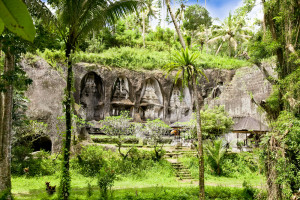
The site isn’t a temple, neither is it an actual tomb – the royalty honored here were likely cremated as per Balinese custom.

Pura Besakih narrowly escaped destruction in 1963, as lava flow from Gunung Agung’s killer eruption missed the temple by mere yards. Today, Pura Besakih is a major draw for tourists and for devout Balinese. (For other tourist attractions in this part of the island, read: Places to See in East Bali.
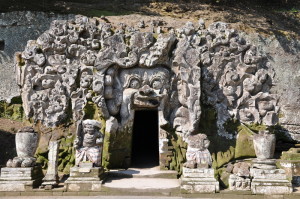
The interior of the cave features a statue of the Hindu god Ganesha and a worship area devoted to the Hindu god Shiva. Goa Gajah probably dates back to the 11th century, and is mentioned in a poem that dates back to the 1300s.
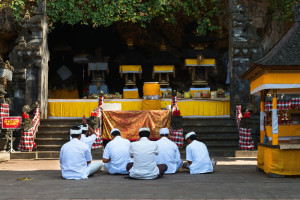
The Javanese priest Nirartha is reputed to have visited the cave back in the 15th century. Legend has it that the cave interior extends over 19 miles underground to emerge at Pura Besakih.
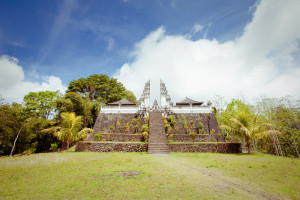
The temple presents an interesting challenge to visitors: reaching the top means conquering 1,700 steps cut into mountainside jungle, requiring about an hour and a half of serious climbing. Ordinary Balinese make their way up the stairs to ask for divine assistance with problems or request blessings from above.
The temple at the top offers awesome views of Gunung Agung, framed by the temple gate.
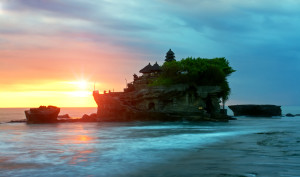
The temple’s construction was supposedly inspired by the priest Nirartha in the 15th century; after spending the night on the rock outcrop where the temple now stands, he instructed local fishermen to build a temple on that site. Today, Tanah Lot is regarded as one of Bali’s most important directional temples. A multimillion-dollar restoration effort in the 1990s saved Tanah Lot from falling into the sea.

“Taman Ayun” means “beautiful garden”; a moat surrounds the temple, which gives the complex the appearance of floating on water. A landscaped front courtyard entered through an ornamental candi bentar (split front gate) adds to the temple’s beauty. The inner courtyard features a number of multi-tiered meru (pagodas).

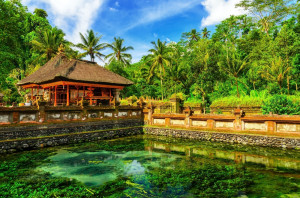
Legend has it that the god Indra created the spring Tampaksiring (namesake of the nearby town) as an antidote to a poisonous spring created by an evil demon king. In reality, Tirta Empul was probably built in 926 AD during the Balinese Warmadewa dynasty.
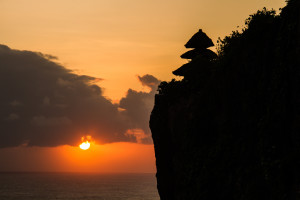
Pura Luhur Uluwatu was first constructed by a Javanese Hindu guru in the 10th century. The whole temple stands on a cliff soaring 200 feet above a prime Bali surfing spot in the westernmost part of South Bali – the temple’s name refers to its position “at the head of the rock”, and visitors get an eyeful of the sea as it breaks against the base of the cliffs below. The view is especially beautiful during sunset. It’s only 15 minutes from InterContinental Bali Resort.

Part of the temple is located on the mainland, while a significant section seems to “float” on the lake, being set on an island just off the mainland temple complex. An 11-roof meru (pagoda) sits on the island section, a towering beauty surrounded by a placid lake.
